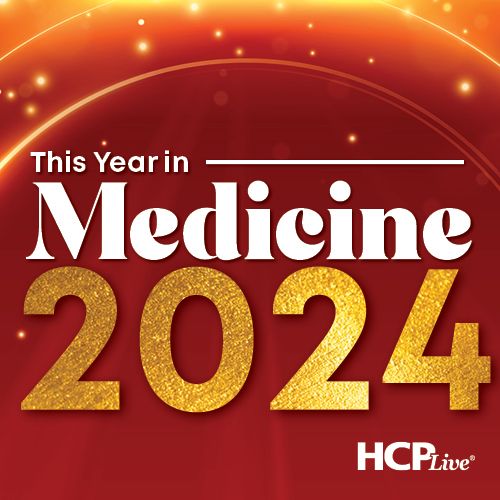Video
Dose Individualization with Warfarin and Newer Anticoagulants
%jwplayer%
The MD Magazine Peer Exchange “Novel Anticoagulation Options: Target-Specific Oral Agents and Their Antidotes” features leading physician specialists discussing key topics in anticoagulation therapy, including the clinical characteristics of current and emerging agents and criteria for use in specific patient populations.
This Peer Exchange is moderated by Peter Salgo, MD, professor of medicine and anesthesiology at Columbia University and an associate director of surgical intensive care at the New York-Presbyterian Hospital in New York City.
The panelists are:
- Scott Kaatz, DO, MSc, Chief Quality Officer at Hurley Medical Center in Flint, Michigan, and clinical associate professor at Michigan State University
- Seth Bilazarian, MD, clinical and interventional cardiologist at Pentucket Medical and instructor of medicine at Harvard Medical School
- Gerald Naccarelli, MD, Bernard Trabin Chair in Cardiology, professor of medicine and chief of the Division of Cardiology at Penn State University School of Medicine, and associate clinical director at Penn State Heart and Vascular Institute in Hershey, Pennsylvania
- Christian T. Ruff, MD, associate physician in the cardiovascular medicine division at Brigham and Women’s Hospital, and assistant professor of medicine at Harvard Medical School in Boston
In this segment of the Peer Exchange, the panelists discuss several novel oral anticoagulants and the ways in which they differ from warfarin in terms of dose individualization and treatment monitoring requirements.
Ruff says clinicians and patients have need warfarin alternatives for decades because the drug is so difficult to use and patients have a difficult time adhering to treatment. Warfarin treatment is challenging to individualize for a host of reasons (including genetic variability, food interactions, drug-drug interactions.
Fortunately, researchers have developed a whole class of agents that, at least theoretically, provide more simple and convenient anticoagulation. “Now there are four new agents that have been approved, and they differ from warfarin in several fundamental ways. Rather than interrupting the clotting cascade all over the place (which is what warfarin does), I like to say it’s like a ‘promiscuous anticoagulant,’” says Ruff.
These newer agents target a specific enzyme‑‑one point in the coagulation cascade‑‑and are meant to be given orally in fixed doses, so they don’t require routine blood monitoring.
Ruff mentions that these agents do come in different doses, so there may be reasons why a patient might be on a lower dose (eg, they have impaired renal function), but with the new agents “you don’t have to have a patient coming back in and out of the office every few weeks to titrate to a blood level and change the dose up and down,” he said.
This broader therapeutic window was designed to make these agents much easier to take and potentially much safer.
Nacarrelli concurs, noting that clinicians got used to measuring INR or protime for warfarin because they had to. He says clinicians would have been happy to just give a fixed dose of warfarin, but there was such a tight therapeutic toxic window that we had to constantly monitor and adjust.
Fortunately, the new oral anticoagulants “have a wide therapeutic range; you could have blood levels 20-40% higher, but with most patients you’re still in the therapeutic range,” he says.





